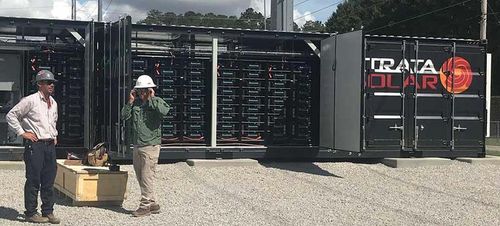The creation of a sustainable aviation fuel market is likely to bring with it its own chicken-and-egg problem.
Much has been written about the seemingly intractable problem facing green fuels developers and potential customers, where developers can’t advance projects without demand, and buyers are wary of committing to offtake without certainty that the supply will come online.
While this same supply-demand dynamic applies to the emerging market for SAF projects, an additional hurdle will need to be overcome in order to create enough feedstock supplies to fuel the industry over the long term.
Hydroprocessed esters and fatty acids (HEFA) are likely to serve as feedstock for the first 3 billion gallons of SAF production, as targeted in the U.S. federal government’s Grand SAF Challenge, panelists said today at the North American SAF Conference & Expo in St. Paul, Minnesota. However, to move beyond that, the industry will need to use crop-based feedstocks, including new commodities such as camelina.
“It’s incredibly difficult to create a new commodity within the United States,” William Hohenstein, a director at the USDA, said. “It doesn’t happen very often, and the reason it’s so challenging is because the farmers need to be confident that if they’re going to invest in growing a crop that there’s a market, and if you’re going to invest on the industry side, you need to know the feedstock is there.”
Adumbrations of a novel scheme for SAF using new feedstocks were revealed this week, when the MN SAF Hub announced that it would begin blending SAF at the Pine Bend Refinery – owned by Koch Industries – in Rosemont, MN. As part of the under-development hub, coalition partners are advancing the use of winter camelina seed, which can produce oil for conversion into SAF.
One of the partners in the hub, Montana Renewables, was the first to process camelina seed as part of its production process, and is currently making SAF from Minnesota-grown camelina that will be blended and used at the Minneapolis-St. Paul International Airport.
O the difficulty of creating a new commodity, Hohenstein at the USDA added, “It’s not just the farmer and the ultimate consumer. All of the steps along the way: the crushing capacity, the transportation capacity, all of that has to emerge together,” he said, noting the need for government agencies to work together to mitigate risk and build infrastructure.
“So it’s a complex endeavor,” he said.
Representatives of the USDA, the U.S. Department of Energy, and the U.S. Department of Transportation were all present on first-day panels, expressing enthusiasm for the progress made so far toward the Biden administration’s Grand SAF Challenge, first announced in 2021. It aims to achieve a minimum of a 50% reduction in life cycle greenhouse gas emissions compared to conventional fuel, and supply sufficient SAF to meet 100% of aviation fuel demand by 2050.







